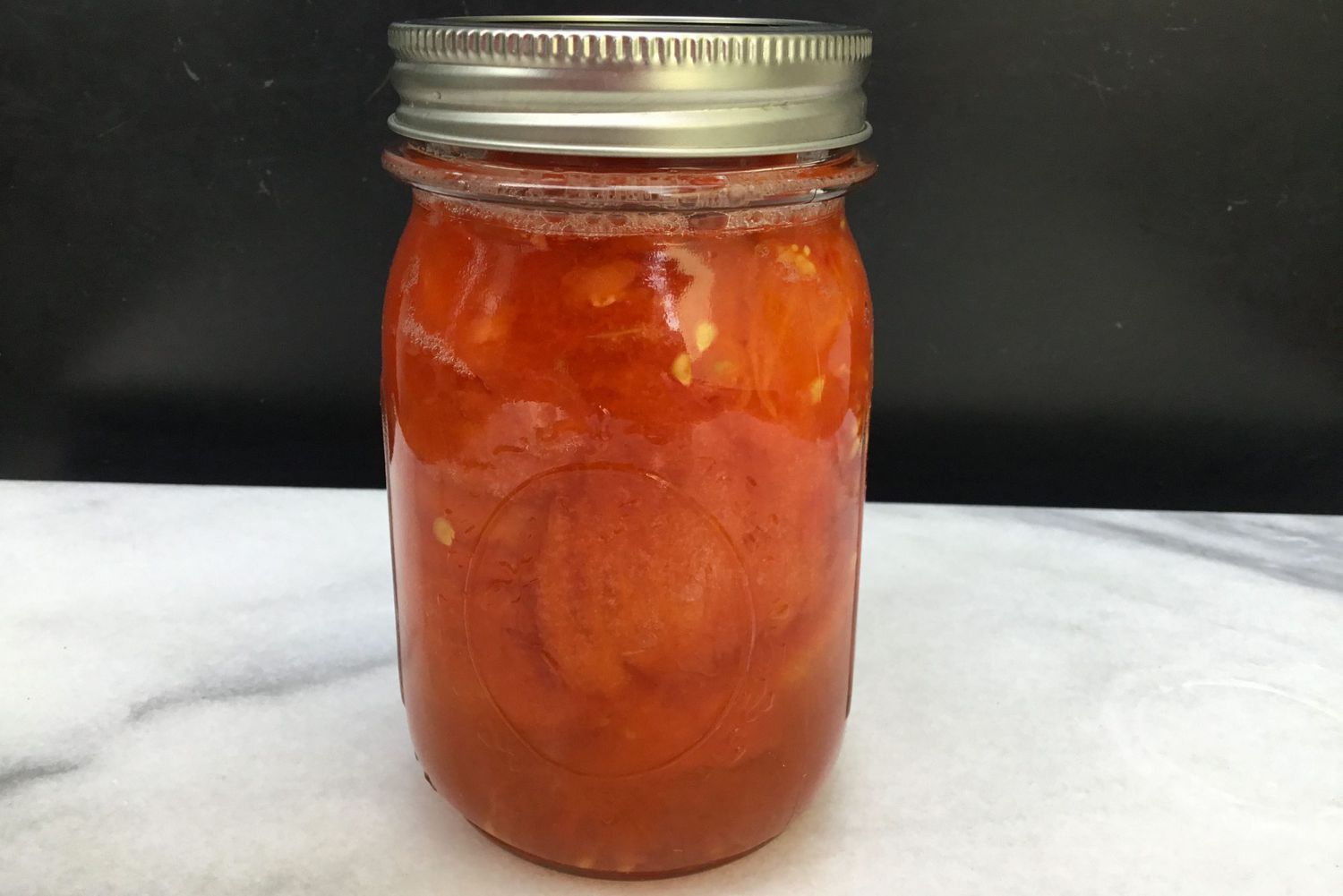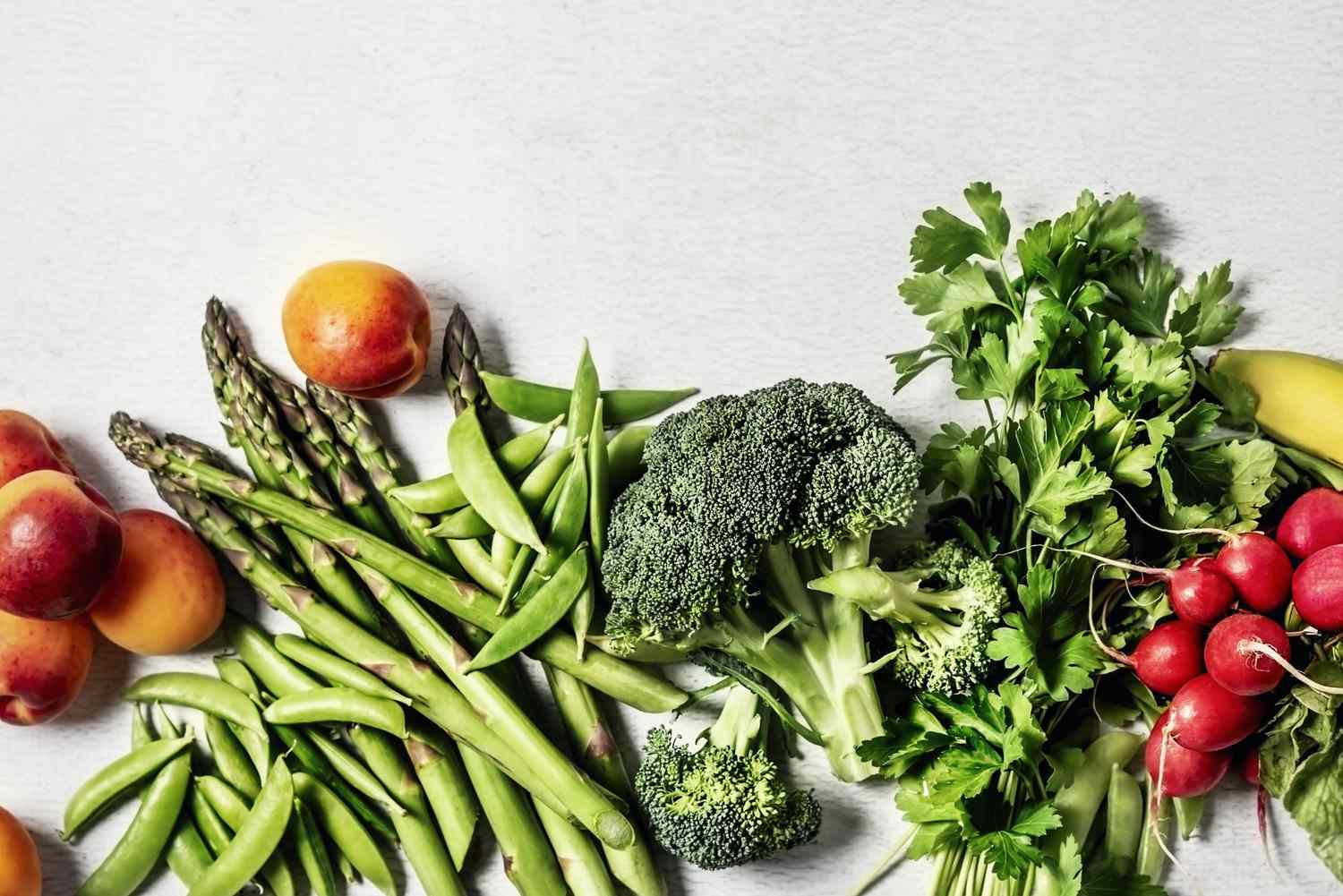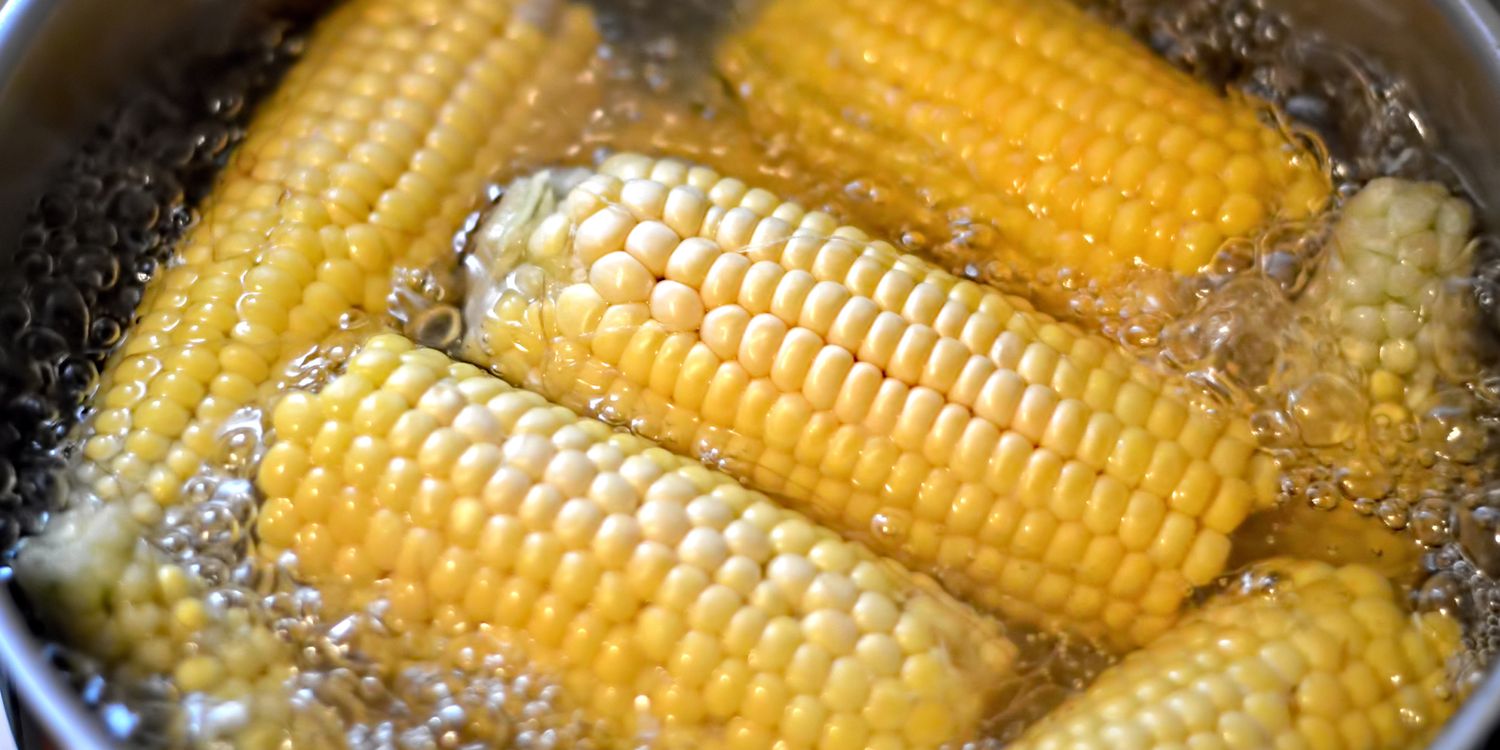We’ve all let something languish in the fridge a bit longer than we realized. It’s not unreasonable to look at a single patch of mold on a strawberry and wonder if the whole lot has to be tossed. But what about a block of cheese with a quarter-sized fuzzy spot? Is that safe to trim and eat? Or does it have to go, too?
Fortunately, the U.S. Department of Agriculture offers guidance on what stays and what goes when you spot mold on your food.
Moldy Foods You Can Safely Eat
Hard Salami or Dry-Cured Country Ham
It’s A-OK for hard salamis to have a thin white coating on the outside of the meat. This mold is put there on purpose: to produce flavor and protect the cured meat from bacteria. It’s safe to consume, as is any mold that grows on dry-cured country ham. Large slabs of the super salty pork are often used in restaurants as part decor, part conversation starter (and also a tangy topper to everything from pasta to avocado toast). If you buy one of these delicacies, don’t fear a little mold growth on the crust. Scrub it off (be sure to dry the ham well) before eating.
Cheeses Made With Mold
The mold in cheeses like Gorgonzola, Stilton, Brie, and Camembert is to be expected. After all, these cheeses are injected with mold before they ripen — that’s why they’re so funky and delicious. But not all molds are made to eat, so you can’t assume all molds on cheese get the approval. Hard cheeses, like Gorgonzola and Stilton, aren’t harmed by a little extra mold. Cut the spot away—half an inch to one inch all the way around—and enjoy. Softer cheeses, like Brie and Camembert, have to go if you spot mold growing on them. The fingerlike organisms of mold can reach deep into these softer cheeses and may develop into toxic substances.
Hard Cheeses
Some cheeses that aren’t made with mold veins are safe to eat if you spot just a speck of mold growing on them. Cheddar, for example, requires you to trim an inch around the moldy spot (some experts argue you only need a half-inch buffer; do what feels safest for you) and toss that before diving in. Be sure to use a clean knife, and keep the blade away from the mold to prevent cross-contamination. When you’re finished slicing for your sandwich or burger, be sure to rewrap the cheese in a fresh covering so you don’t reinfect with mold spores.
Firm Fruits and Vegetables
Tough vegetables and fruit, like carrots, potatoes, and turnips can take the mold in stride. The mold threads have a hard time penetrating deep into these dense plant foods. Trim off an inch around the mold, and eat or cook as you planned. Softer fruits and vegetables, like cherries, strawberries, and corn, should be tossed. Mold can easily spread to nearby areas, even if you can’t see the spores with your naked eye.
When Can Molds Be Toxic?
Some molds can turn into mycotoxins, poisonous substances that can make people physically sick. These substances are produced by certain molds that are most commonly found in grain and nut crops. However, they’ve also been known to show up in apples, grape juice, celery, and other fresh produce. That’s why, when in doubt, throw the moldy foods out.
Which Moldy Foods Should You Toss?
The USDA says these foods are no good when you spot mold. Their high moisture content or porous nature makes them prime for rapid mold development. Don’t risk getting sick just to finish up Tuesday night’s pot roast. Toss it, and fry up a grilled cheese instead.
Foods you should always toss:
- Luncheon meats, bacon, and hot dogs
- Cooked leftover meat and poultry
- Cooked casseroles
- Cooked grains and pasta
- Soft cheeses, like cottage cheese, chevre, cream cheese, and Neufchatel
- Yogurt and sour cream
- Jams and jellies — Mycotoxins can spread in these foods easily, so it’s not enough to scoop out a mold part and keep going deeper into the jar.l
- Soft fruits and vegetables — They’re porous, which means mold can spread rapidly, even if you can’t spot the spores.
- Baked goods and bread
- Peanut butter, legumes, and nuts — any foods processed without preservatives are at a high risk of developing mold spores. Be extra cautious and keep them stored appropriately.
Related
- Food in Your Refrigerator or Freezer During a Power Outage
- Simple Kitchen and Food Safety Tips for the Home Cook
- How to Store Berries




